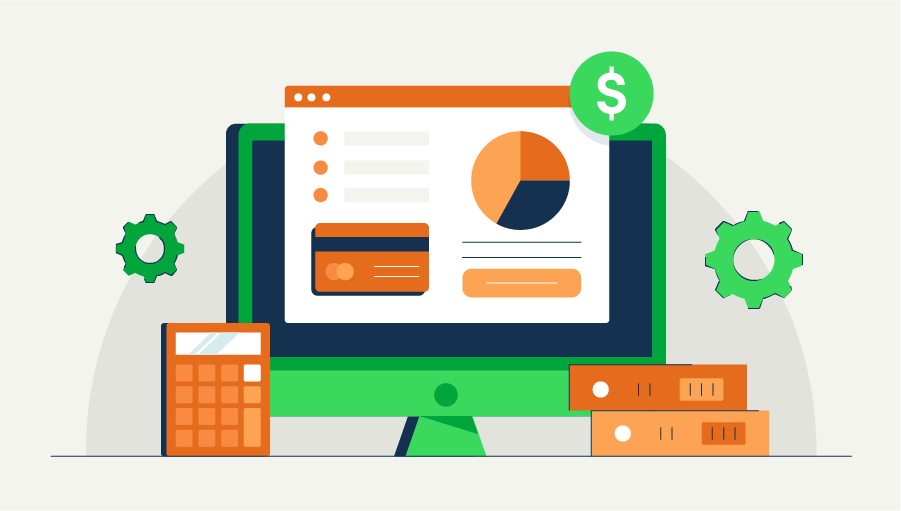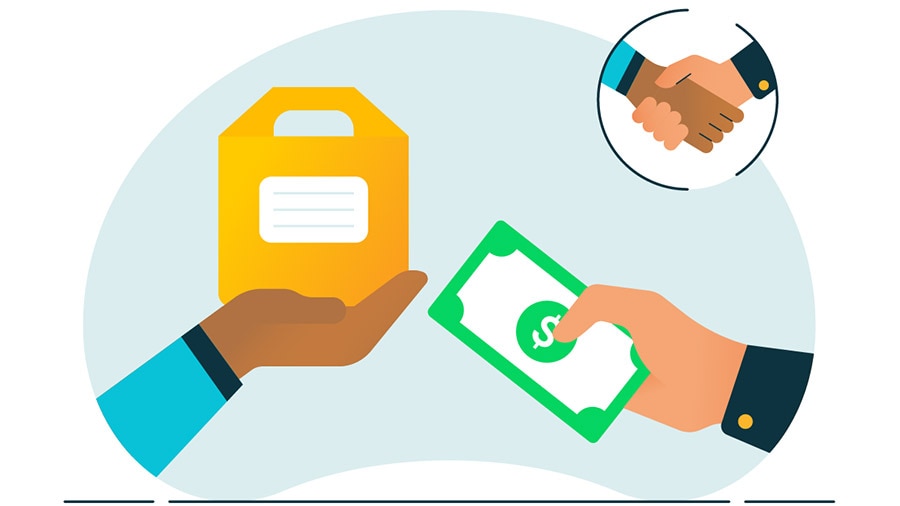Final notes: Using finance charges in your business
Before you consider charging any interest or finance fees, you need to establish a line of communication with your customers. In the first month of working with your customer—or during a transition—make sure you take the time to explain your company’s payment processes and credit policies and put it all in writing.
Create a detailed billing agreement that states the terms and conditions of your agreement to clearly communicate your expectations. For example, if you’re issuing late fees, indicate the grace period and the amount of interest that’ll be charged. Doing so will prevent confusion between you and your client down the line.
Then, explain how much you value your partnership, be clear about your needs, and ask about what has caused delays in the past, all with the goal of avoiding finance charges if possible. These preventative measures will create a foundation of constructive dialogue between you and your customer. Ensure you make it clear to your customers what steps they can take to avoid getting billed with finance charges.
When it’s time to bill interest or other service fees, you’ll need a robust accounting software to assist you with your invoices. QuickBooks can help you free up your time by helping you track clients with outstanding balances, evaluate their finance charges, and automatically bill their invoices.
While finance charges may seem intimidating at first, having a policy that includes late fees and incentivizes early payments can encourage clients to pay on time and help you stay in control of your cash flow.












